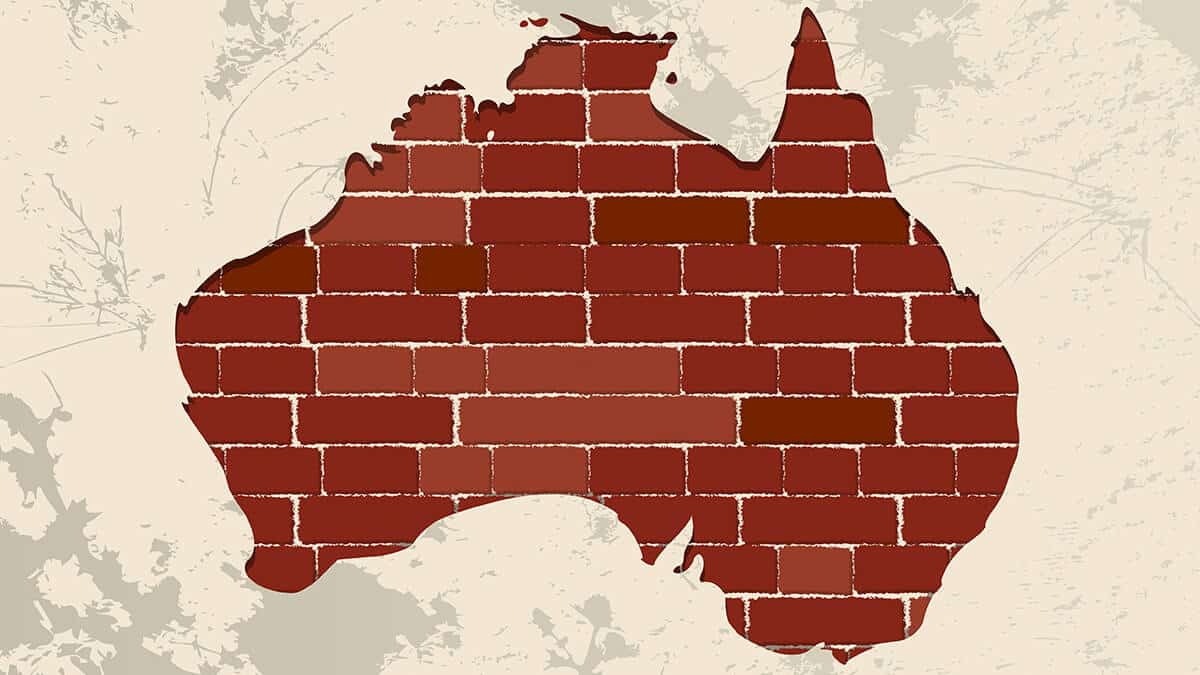In this guide
There is a lot of research around how much asset allocation decisions contribute to overall investment returns. Some studies say it could be as high as 90%, whereas others suggest it might contribute 70%.
Either way, it is a significant factor that retirees need to consider when putting together their investment strategy.
What is asset allocation?
Asset allocation is how you allocate your investments across a range of different assets. If you had $100 and split that evenly between assets A, B, C and D, your asset allocation would look like this.
| Asset A | 25% |
| Asset B | 25% |
| Asset C | 25% |
| Asset D | 25% |
For most investors and retirees, the asset classes they invest in will include equities, property, fixed income and cash, infrastructure and alternatives such as hedge funds and private equity.
Different asset classes have different risk and return properties and will usually be classified as either growth or defensive.
- Growth assets are higher risk with higher returns that may be volatile in the short-term.
- Defensive assets are lower risk with steady, lower returns
Equities, property, infrastructure and alternative assets (like private equity) are usually considered growth assets, while fixed income and cash are considered defensive.















